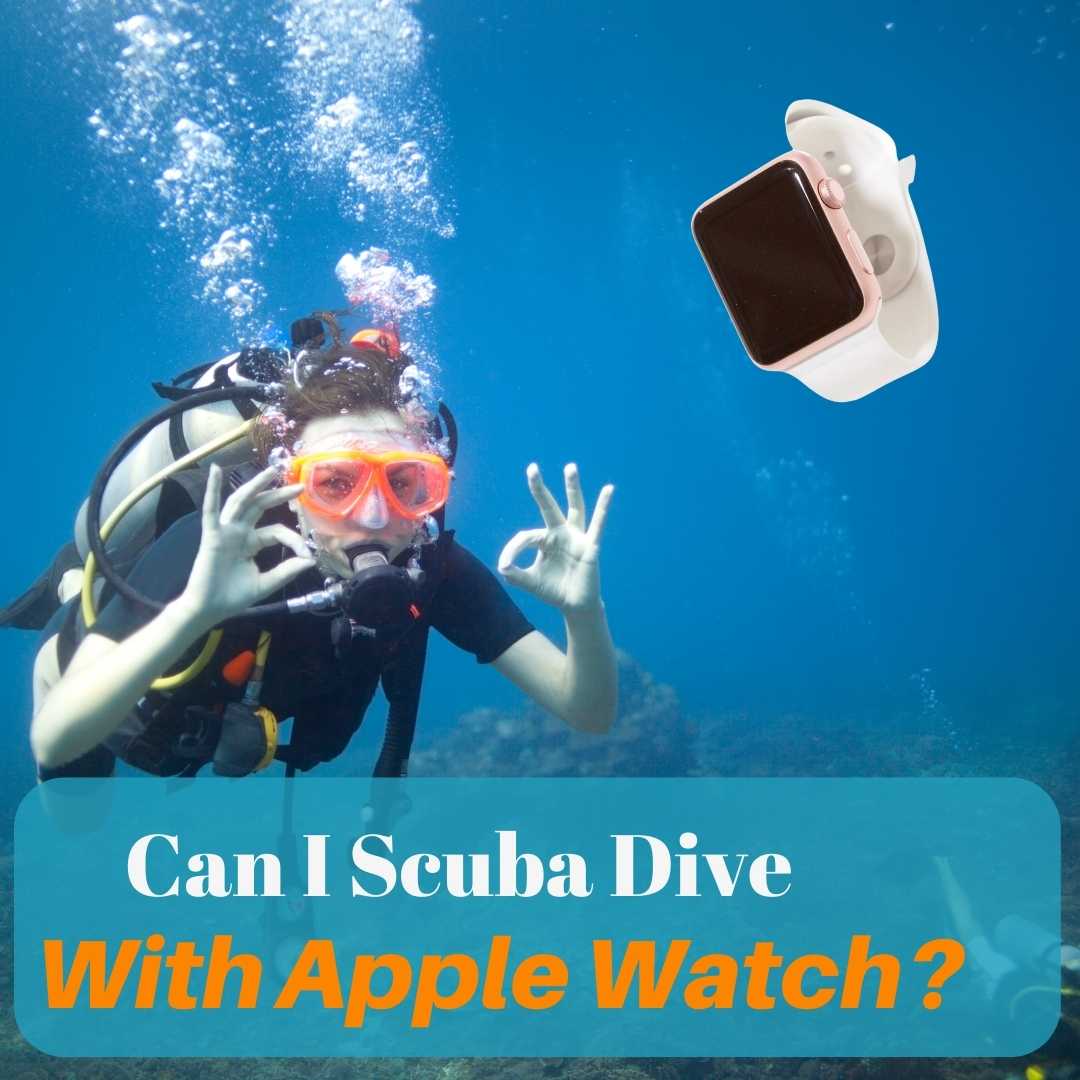A Great White shark can regulate its body temperature up to 20 degrees higher than its surrounding environment. Just imagine that you are a Great White, swimming in 9 degrees and you have stabilized your body temperature to 24 degrees!
Amazing isn’t it?
Unfortunately, you are not a Great White and as a human, your body temperature remains stable at 37 degrees.
Now guess what happens when you go diving!
Water’s ability to rob your body of its heat is about 20 to 25 times faster than the air of the same temperature. In 72 degrees of water, you will start to feel cold much sooner than if you were walking down the road in 72 degrees surface temperature. Thus, in order to stay beneath the surface and enjoy your underwater experience comfortably and safely, you will need a wetsuit.
Table of Contents
What Is a Scuba Diving Wetsuit?
Short answer? A wetsuit is a tight-fitting, rubber suit that keeps divers warm at depth and also makes us look like superheroes! Now the long answer.
The wetsuit was invented by Hugh Bradner, a UC Berkeley physicist and a Manhattan Project scientist, who was attempting to develop an underwater suit for US Navy frogman teams in 1951. The suit underwent a lot of evolutions and improvements and finally became what you would see in a dive shop today.
Modern wetsuits are made up of a rubber compound called neoprene. If you were to cut a wetsuit up and closely look at the cross-section, you may actually see that it has tiny bubbles.
These are mostly nitrogen bubbles because nitrogen prevents heat transfer by acting as an insulating shield. When we are submerged, a thin layer of water will get trapped between our bodies and the rubber and our body temperature will heat it up.
This allows for a relatively warmer, and much more comfortable diving experience than if our bodies were in direct contact with the water.
How Does a Wetsuit Behave at Depth?
Remember that there are air (or nitrogen) bubbles inside the suit and as a diver, you already know what happens to air when you sink. It shrinks! Thus the air cells inside your suit will get smaller and your wetsuit will get thinner as you go deep. When you are 100 feet below sea level every bubble in the aircell of your neoprene suit is one-fourth the size that it was when the suit was on the surface, so you are now wearing a suit that is much flatter, thinner, and therefore colder.
Not only is your wetsuit losing its thermal properties with depth but it is also losing its buoyancy characteristics as you descend. You started your descent with a weight that was appropriate for a 3mm wetsuit but at the bottom, that 3mm wetsuit is now 1mm so you are over-weighted. You will, of course, compensate by putting air in your BCD.
Similarly, as you come up, the wetsuit will regain its thickness and along with it, it will also be reclaiming its buoyancy and thermal properties. It is therefore important to perceive your wetsuit as dynamic and not static and have a suit thickness that will provide you sufficient warmth at depth without making you overheated or over buoyant in the shallower portion of the dive.
Should I Wear a Wetsuit for Scuba Diving?
I still remember the time when I was paired up with a newly certified open water diver who was convinced that he did not need a wetsuit.
The surface temperature was sizzling hot and if you are new to diving, you may not realize that deep water can often be much colder than the surface. You may also not realize that besides the thermal properties, a wetsuit offers other advantages that are seldom advertised to the new customer.
We geared up and jumped in and a little while into the dive, I noticed that my dive buddy was breathing as if he was holding air. I asked him if he was okay and he gave me the “I’m cold sign!”
We surfaced immediately and on the dive boat, he realized that both his knees were scratched and bleeding. He could not recall how he scratched them but your skin becomes very soft and susceptible to scrapes and if you are kneeling on a rocky surface then there is a good chance that you will cut yourself.
In the end, it would be very hard to find someone who has pursued diving beyond the first twenty dives and is not invested in a suit. The ocean will make everyone realize that they need a wetsuit very quickly.
Why Do Divers Wear Black Wetsuits?
Well firstly, diving wetsuits tend to be black because the black color offers the ultimate UV protection. It is the first color to absorb photons and thus aids in the absorption of heat. In other words. If we could assign a color to the suit, strictly to increase the primary function of that suit, then it will be black.
Secondly, neoprene material starts off as milky white and then carbon black is added to increase its shelf life. This gives neoprene its recognizable black character. Purely from a marketing point of view, black remains the most neutral color, as it will go with anything. Pink can only be marketed to a certain demographic and yellow will have its own followers but black crosses all boundaries.
Lastly, there is the durability factor. While other colors may fade to a lighter and lighter shade, black stays the same. Thus when it comes to wetsuits, black color is here to stay. There are way too many factors going on in favor of black for any other color to replace it as the most common color in a suit.
Also read: Do Black Wetsuits Attract Sharks?
Conclusion
Humans are at the top of the food chain for a reason. We invent!
The wetsuit is an invention that has enabled us to regulate body temperature in a medium that is really not ours. The trapped air inside the tiny bubbles in its skin resists cold and by restricting the movement of water inside the suit, it has created a layer of water that only needs your body heat to warm up.
Even its dark color works to give you a comfortable underwater experience. But do remember that your wetsuit is dynamic in terms of its thermal properties as well as its buoyancy and proper fit and thickness matter.
Good luck and dive safe!




